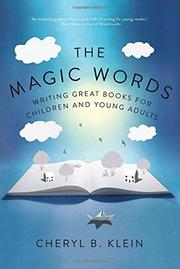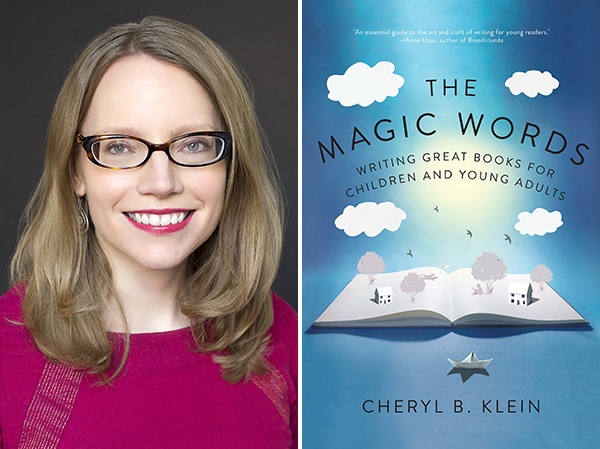by Kristi Wright
 We’ve mentioned Cheryl B. Klein before. She’s the insightful mind behind THE MAGIC WORDS: WRITING GREAT BOOKS FOR CHILDREN AND YOUNG ADULTS. Last March our Middle Grade Lunch Break Book Club had the pleasure of spending time with Cheryl–via video chat. It’s been a few months now, but here are my top ten takeaways from that night:
We’ve mentioned Cheryl B. Klein before. She’s the insightful mind behind THE MAGIC WORDS: WRITING GREAT BOOKS FOR CHILDREN AND YOUNG ADULTS. Last March our Middle Grade Lunch Break Book Club had the pleasure of spending time with Cheryl–via video chat. It’s been a few months now, but here are my top ten takeaways from that night:
- Readers buy books for their plots, but they love them for their characters.
- Readers love main characters who do things. They need energy (what drives them) and agency. A main character needs to be working towards something.
- Sidekicks need to contribute to the plot in some way. They need to have some quest of their own that is separate from the MC’s. Like the MC, they also need to have an energy. For example, in Harry Potter, Ron was driven by wanting to prove himself (even against Harry), and Hermione was driven by achievement and wanting to make the world a better place. That energy makes sidekicks dynamic and differentiates them from the MC.
- Be specific about why a person thinks the way they do, why they act the way they do. Don’t just tell us someone is angry, tell us very specifically why they are angry. That specificity makes a character real.
- Specificity doesn’t mean having to be specific about brands (best to avoid them) or having to make descriptions ridiculously granular. Specificity should matter. It should reveal something about the character.
- Good interiority continues to show us things about the characters and continues to deepen the “mystery” of your character (mystery in a spiritual sense). Bad interiority states directly how the character feels or tells us what we already know. Can be fascinating to watch a character work things out in their head and wrestle with a moral problem.
- The plot question is what gets people involved. Ideally, we should balance character and plot in chapter one and then keep opening out both elements throughout the book.
- If the pace is off, often it’s because a plot question doesn’t exist. If the plot question hasn’t been set up to compel the reader through the book, then readers will notice. Consider setting up the plot question and then mention that issue in every chapter.

- The point of tracking “beats” in a story is to check that your emotion/information is building up to the climax in a satisfying way. This can be scientific or intuitive–whatever works for you.
- Don’t revise and revise to match a formula, not if that sucks the life out of your work. If a technique is not serving you or your work, then you should let it go. If a formula or structure is not working for you, then Cheryl gives you permission to abandon it!
My biggest takeaway is that I need to go back and re-read THE MAGIC WORDS ASAP! Cheryl has so many insights about how to make a character relatable and how to keep up the pace.
Action: Squeeze in some time to read THE MAGIC WORDS by Cheryl Klein and do at least some of her exercises. You won’t regret it.
Special thanks to two fellow MG Lunchbreakers: Jen Jobart, for taking notes during our session with Cheryl Klein, and LA Biscay, for organizing the event. And of course, huge thanks to Cheryl Klein for her kind mentorship.

Kristi Wright (co-editor) writes picture books and middle grade novels. Her goal as a writer is to give children a sense of wonder, a hopefulness about humanity, and a belief in their future. She is represented by Kurestin Armada at Root Literary. She is an active volunteer for SCBWI and a 12 X 12 member. Find her at www.kristiwrightauthor.com and on Twitter @KristiWrite.


COMMENTs:
0